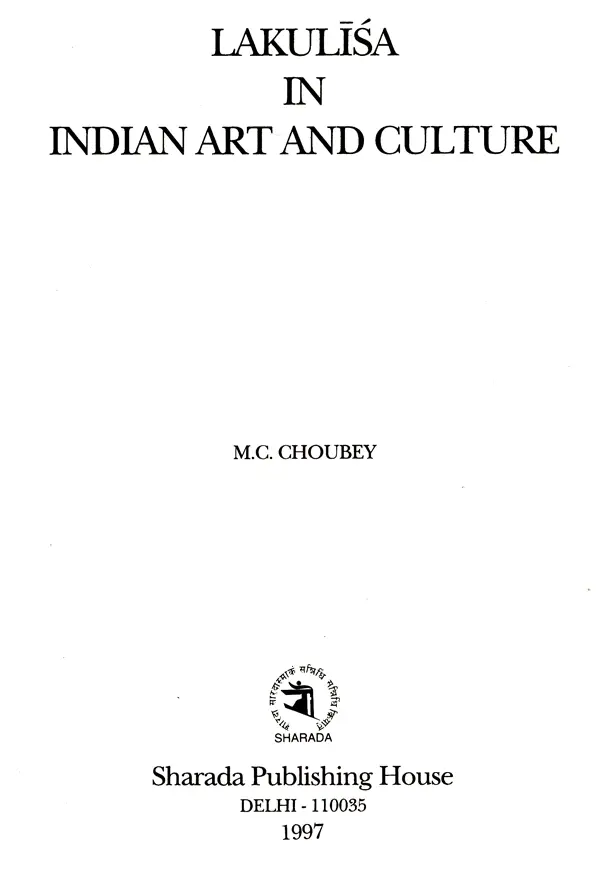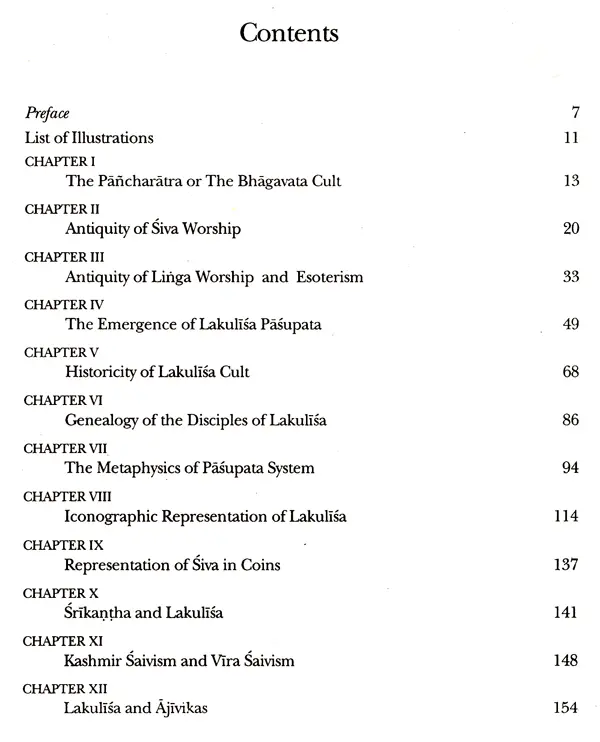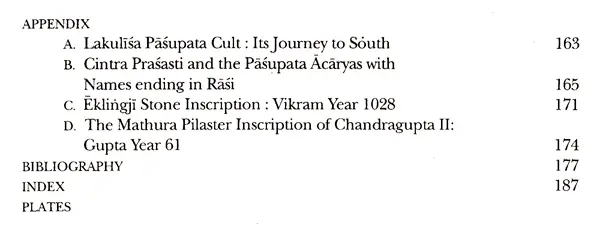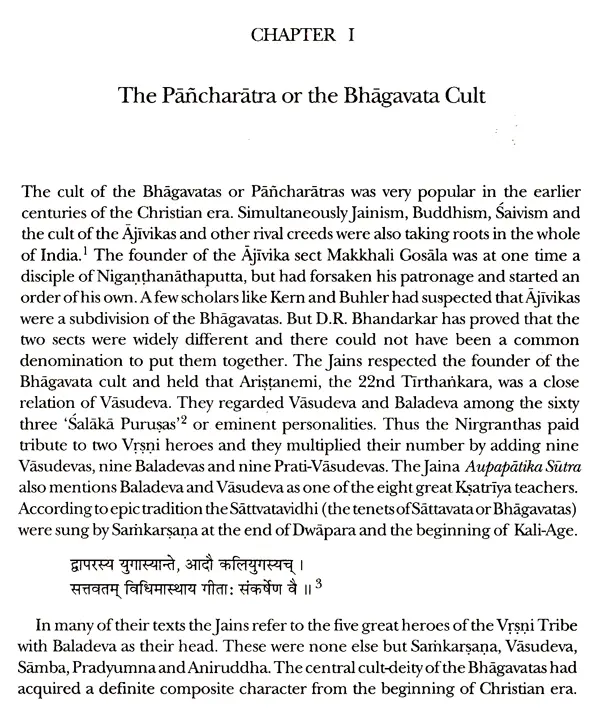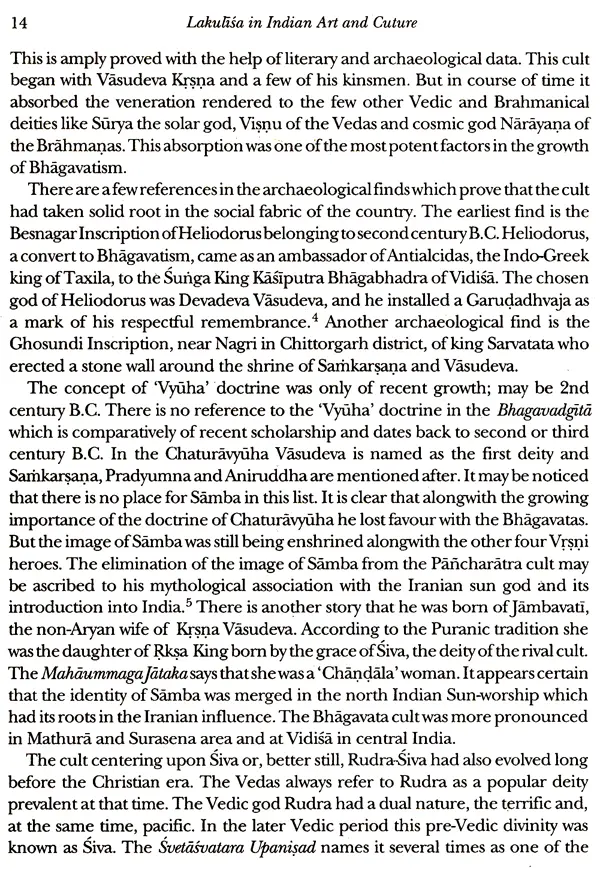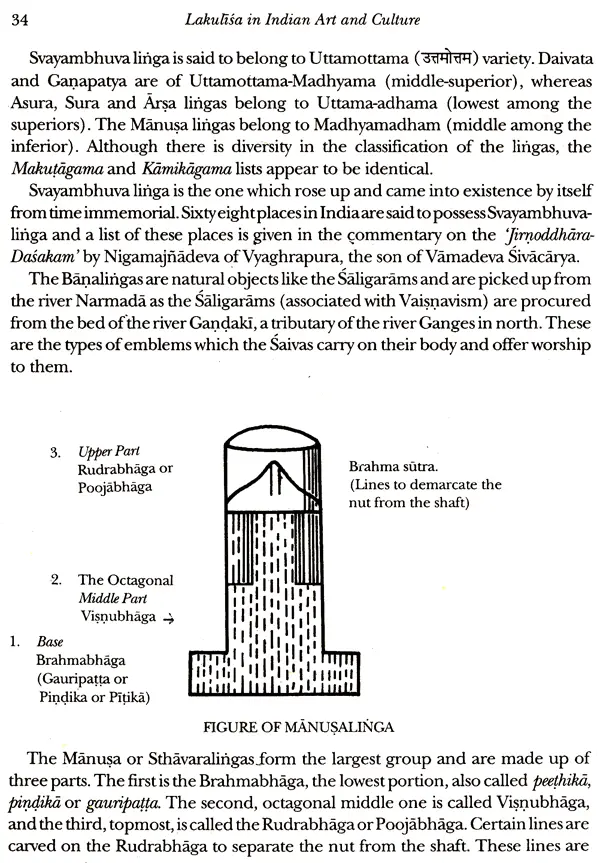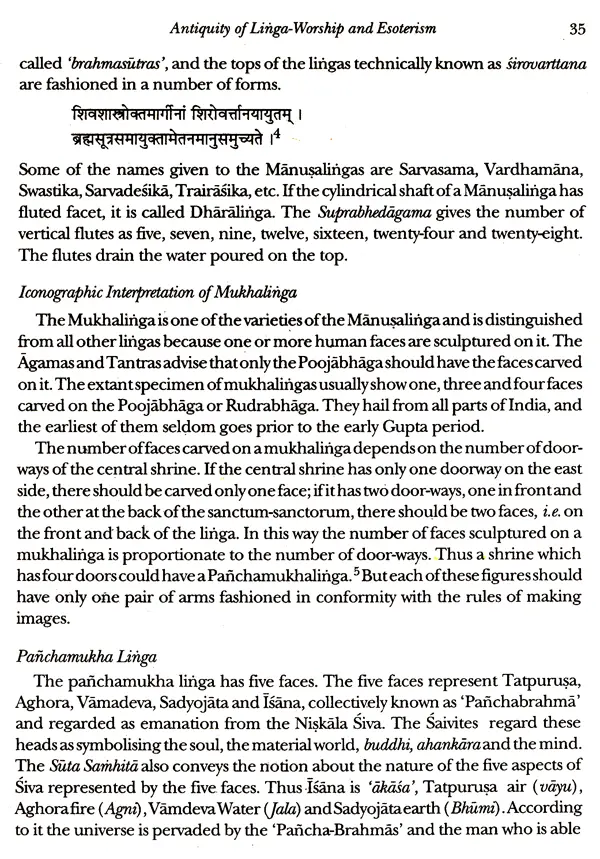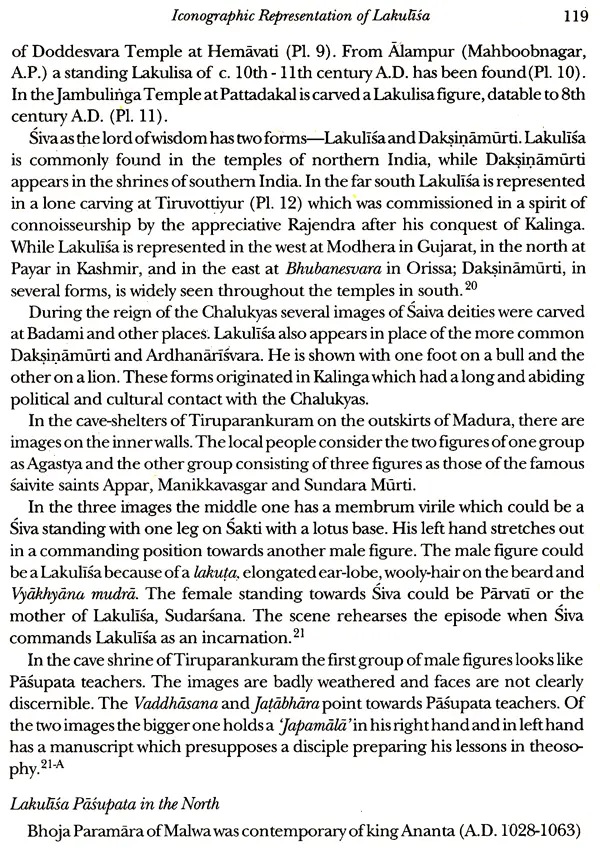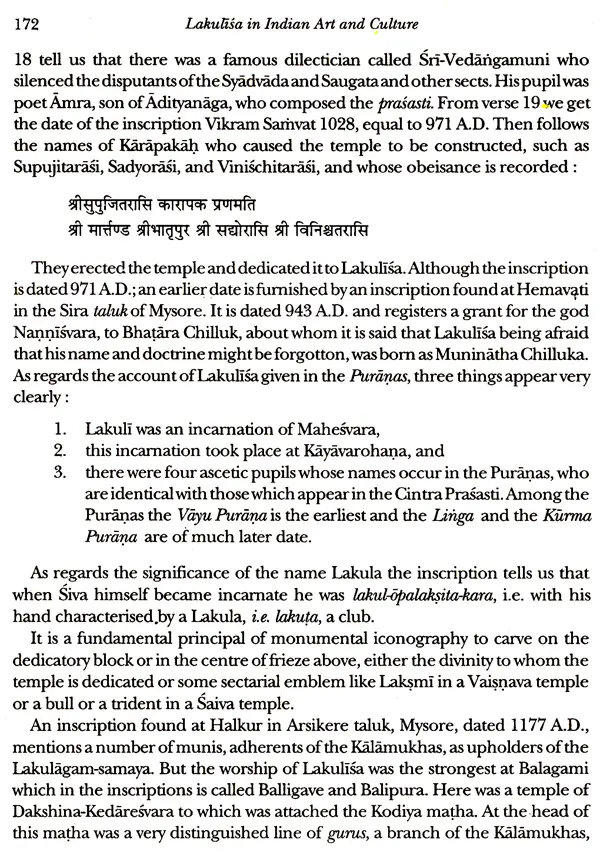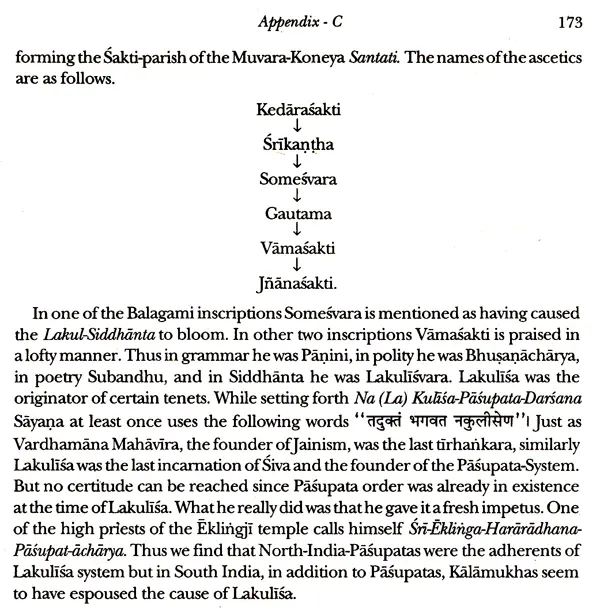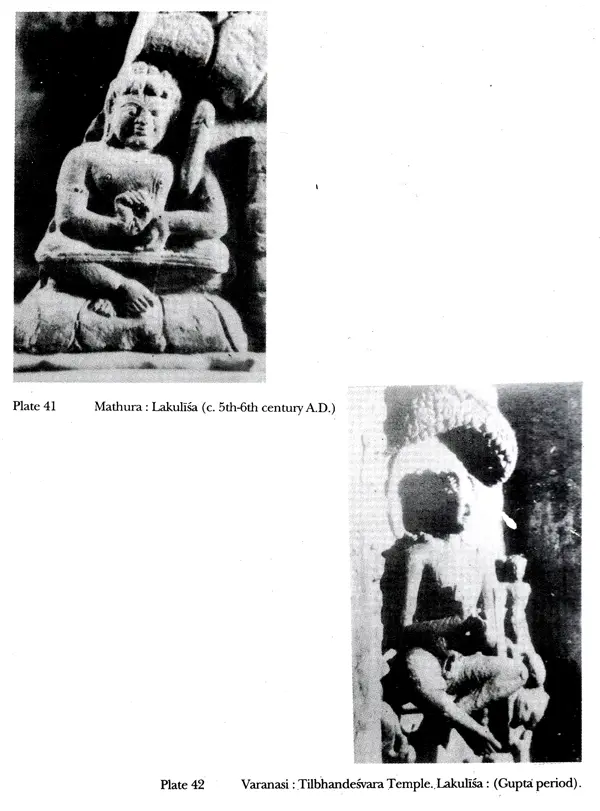
Lakulisa in Indian Art and Culture
Book Specification
| Item Code: | UAF802 |
| Author: | M.C. Choubey |
| Publisher: | Sharada Publishing House, Delhi |
| Language: | English |
| Edition: | 1997 |
| ISBN: | 8185616442 |
| Pages: | 176 (42 Black and White Illustrations ) |
| Cover: | HARDCOVER |
| Other Details | 10.00 X 7.50 inch |
| Weight | 670 gm |
Book Description
The cult of Lakuliśa, the foremost amongst the Pāśupata sects has not received the attention of the scholars which it deserved. Although a few stray articles did appear in some notable journals and modern texts, the authentic history of the order was the need of the hour.
From Kāyāvarohana in Gujarat, the cult travelled to various parts of India including Payar in Kashmir, Orissa in the east and many temple sites in the south including Tamil Nadu. The monumental discovery of "Kārvan Mahatmya revealed for the first time lesser known facts about Lakulisa and the "Ganakārikā" provided valuable information about the rituals and methods of worship.
After qualifying from the Benaras Hindu University in 1945, Dr. M.C. Choubey involved himself deeply in indological studies. He contributed research articles in the Journal of the Numismatic Society of India, on Satavahana rulers, comprising Śrī Sātas, Sāta Kanisa and Yajña Sāta Karnī. With Dr. A.S. Altekar; he pub lished a rare coin of the city State of Tripuri which is unique in terms of sym bolism. He brought to light some new rulers of the Bodhi and Sena dynasties ruling in the Chedi Country.
The central theme of India's religious upheaval after the 'Pañcaratra' and Vyüha' doctrine was Saivism. The Aryan-Dravidian controversy also engulfed the early historians and created such a thought-profile that even after many years of meticulous research we have not been able to cast-away the spectral illusion which had been haunting us from the beginning of the modern civilization.
Saivism as a faith was widely prevalent in India. Even the Indus-valley civiliza tion has evidences galore to prove that Saivism was in vogue in that period. To prove the point some specimens depicting Siva worship were procured from the excavations. From time immemorial Siva was worshipped in aniconic form through the insignia of a linga and, later on the votaries oriented its shape in many mythological forms which gained currency in iconographic relief. In the intervening period many sub-sects emerged creating myriads of esoteric prob lems for the coming generation.
**Contents and Sample Pages**
